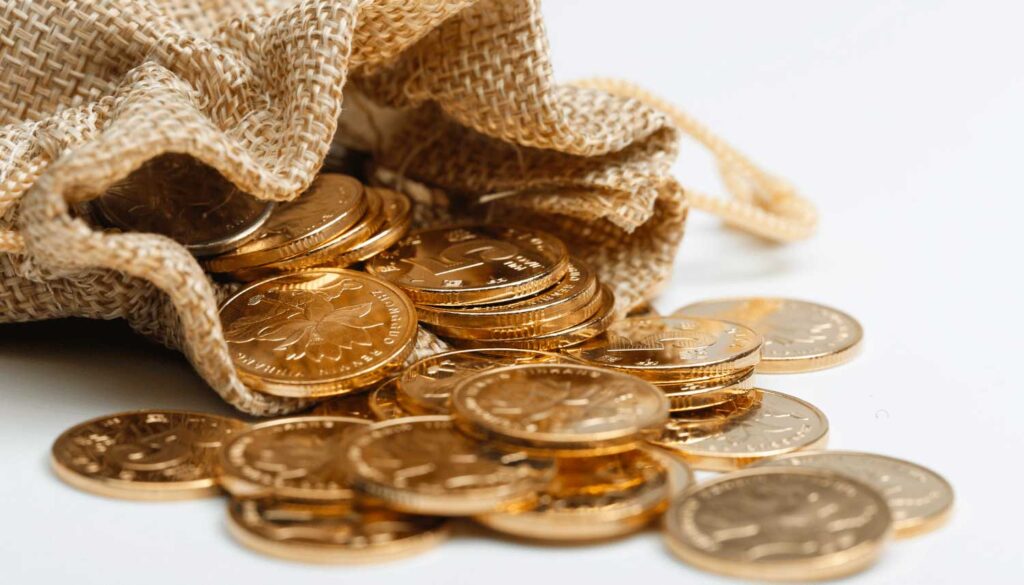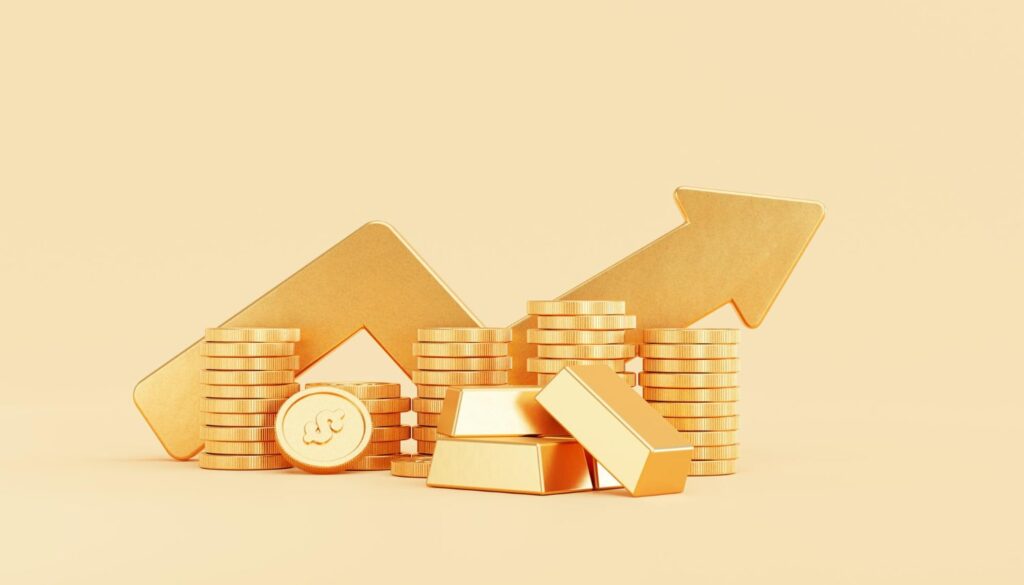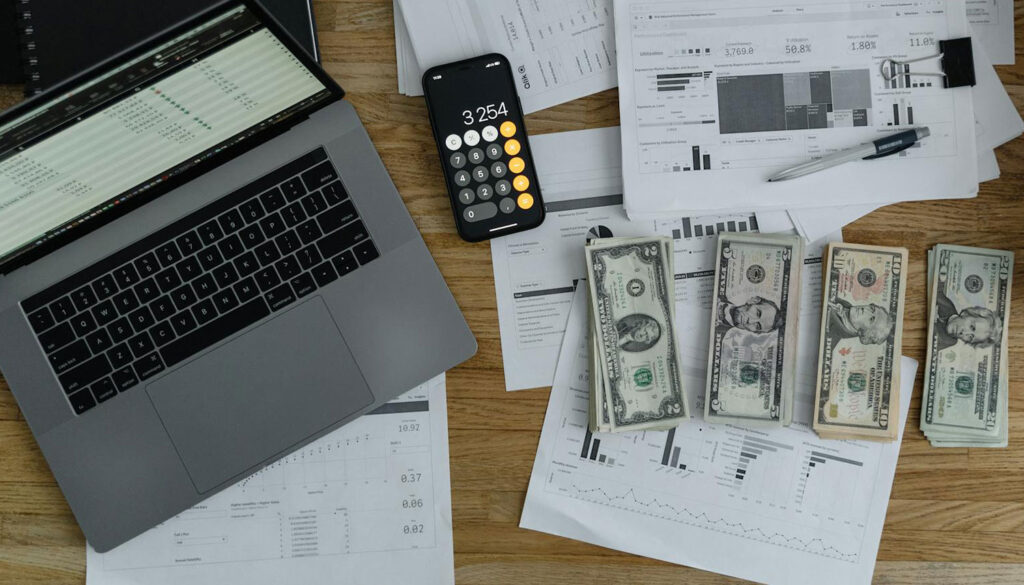The Federal Reserve thinks the economy is improving, so much so that it has hinted it may throttle back a bit on easy money policies in place since the financial crisis. So why are the financial markets acting like the sky is falling?
Stock markets have been in turmoil since Fed chairman Ben Bernanke last week suggested that if the economy continues to perk up the central bank will remove a least some of the low interest rate punch bowls that banks and businesses have been drinking from for years. And while part of Monday’s stock drop could be blamed on worries about China’s economy, the world’s second largest, it came against a backdrop of fears about what the Fed may do later this year.
Stocks dropped again Monday, though the markets recovered some of their losses later in the day. The Dow Jones Industrial Average shed nearly 250 points before making up some of that lost ground, closing 140 points lower, nearly 1 percent down. The S&P 500 and the Nasdaq also finished off their lows. So far this month, the S&P has shed about 3.5 percent.
Several Fed officials spent the day trying to talk the financial markets off a ledge, and they partly succeeded. But investors remain jittery. They have have good reasons to be concerned. They hate uncertainty, and few people alive today have ever lived through an economic and financial cycle like this one. That’s because the financial panic of 2008 was deeper than any since the Great Depression. And the remedies applied by the Federal Reserve have never been tried on such a giant scale.
But causes of the gut-wrenching market plunge of the last week are pretty easy to spot. Here are the big ones:
Why are interest rates moving higher?
Soon after the collapse of Lehman Brothers in 2008, the flow of capital around the planet seized up as banks and investment firms feared lending to one another. No one knew which bank might be the next Lehman. The global credit machine completely froze.
To restart lending, the central banks around the world began pumping trillions of dollars into the financial system. Since then, the Fed has continued pumping $85 billion a month of surplus into the credit markets to keep rates low.
But at its regular policy meeting last week, central bankers said they’re getting ready to “taper off” that flow of cash. With less money sloshing around the system, the cost of borrowing will begin rising.
That means I’ll get a higher return on my savings account, right? What’s wrong with that?
Nothing, as long as the economy keeps humming along and employers keep creating new jobs. But the worry is that those higher rates could make consumers more reluctant to use their credit cards, or potential home buyers think twice about taking out a mortgage to buy a house.
The Fed, though, thinks the economy may be nearly ready to sustain those higher rates. Consumer confidence and spending have been gathering momentum – partly because house prices have begun recovering and the job market continues to improve, albeit slowly. And while stock prices have fallen nearly 5 percent in just the last four days trading days, prices are still 20 percent higher than they were a year ago. That extra stock market wealth has also helped fill in the $7 trillion crater in household wealth that was created by the twin collapses of the housing and financial markets five years ago.
Is the market going lower?
Yes, and then higher. But we have no idea when. Or how far. This is a website, not a psychic hotline.
If the folks at the Fed spooked the markets, can’t they calm them down again?
Yes and no. Fed Chairman Ben Bernanke has made it clear that as central bankers begin slowing the flow of the money fountain, they can always restore full pressure if the economy falters or the markets begin to tank. And the Fed hasn’t actually started to taper off the flow of money – they’re just telling the world they’re beginning to think about how and when to do so.
But while the Fed’s money machine is the biggest in the world, and the dollar is the closest thing to a global currency, the U.S. central bank isn’t the only game in town.
The latest market jitters have been heightened by a much more immediate – and severe – credit clampdown in China. On Friday, the People’s Bank of China (the country’s central bank) tried to cut off the financial oxygen of a loose network of speculators and informal lenders who have been inflating a bubble in stocks and real estate. In doing so, the People’s Bank let short term interest rates spike as high as 25 percent.
That sounds a lot like the kind of credit crunch that started this whole mess five years ago.
It certainly spooked investors around the world – that’s why stocks markets have fallen in unison over the last few week.
But there’s a big difference between the panic-induced collapse of Lehman Brothers and the People’s Bank- engineered Chinese credit crunch. China’s central bankers can restore the flow of credit with the click of a mouse (or two).
That makes the Chinese crunch more like the U.S. interest rate spike of the early 1980s, when then Fed chairman Paul Volcker all but strangled the U.S. bond market. Volcker’s move was designed to snap a decade of runaway inflation and reignite growth. It worked. Once inflation subsided, the Fed let rates fall, and the economy and stock market roared back to life.
China faces a very different set of problems, and the Chinese state-owned banking system is very different than the U.S. But the current credit crunch that is rippling through Asia could easily be reversed.
Chinese officials are betting that a short-term credit squeeze will throw enough cold water on the speculators and show banking lenders to prevent another bubble-bust cycle.
But there’s not a lot that Fed Chairman Bernanke and his Fed colleagues can do if the People’s Bank made the wrong bet.






